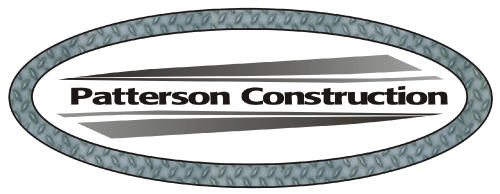Understanding the Various Types of Roof Flashing
When installing a new roof, homeowners usually dedicate all their attention to the shingles. Admittedly, shingles are responsible for the appearance and durability of the roof.
However, another component plays a crucial role in protecting the house from the elements. The element in question is roof flashing. Let’s go through the multiple types of roof flashing and explain its importance.
What are the different types of roof flashing?
Flashing varies from roof to roof, depending on the design and style of the house. There are several flashing types that people install on their roofs:
Chimney
Chimney flashing is located at the base of the chimney. It typically comes in multiple parts, such as step flashing around the sides, flashing at the bottom, and saddle flashing at the top.
Step
Step flashing is most common on sloped roofs or vertical walls. This type includes drip edges that prevent water from seeping under the roof near the eaves.
Cap
Another element that provides additional protection for the roof is cap flashing. It serves to further safeguard against water intrusion. It’s positioned above the edges of other flashing elements.
Saddle
The saddle type usually includes joists, beams, and railing attachments that go through exterior walls. Saddle flashing commonly reaches the highest areas of the roof.
Integral
If the roof has a skylight on its slope, homeowners typically decide to install integral flashing along with step flashing.
Vent pipe
This flashing extends over the flues and pipes on a roof. It’s cone-shaped with a flange that fits the shingles.
Valley
Valley flashing has a w-shape and is positioned at the top of the roofing felt before the roof finish is installed. It protects the valleys in areas with side-by-side roof planes.
Drip edge
Drip edge flashing redirects water on the roof’s edge so that it doesn’t reach the area under the roofing materials or rot wooden components. Primarily, they should be installed at rake edges, but they can be an excellent addition to eave edges, too.
What’s the purpose of roof flashing?
Roof flashing, along with the underlayment, prevents water from reaching the space under the shingles.
The flashing is a critical component of the entire roof, but it’s instrumental in specific sections prone to water intrusion. These areas include:
The meeting point of the roof’s surface and walls (front walls and sidewalls)
The place where roof slopes converge (valley)
Roof edges (eaves and rakes)
Roof protrusions (skylights, kitchen and bathroom vents)
Bottom line
We’ve listed the most common flashing types that you can install on the roof and described their purpose. Talk to a roofing company expert to see which areas of the roof need extra protection and about flashing that meets your requirements.
Patterson Construction Company installs and repairs residential roofs of all kinds, skylights, roof ventilation, fascia and underlayment on Phoenix-area homes. Call 602-825-3638 for a free quote today!
